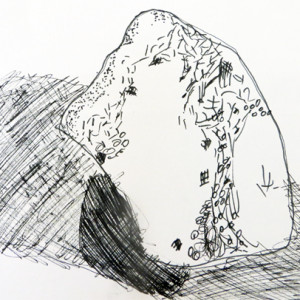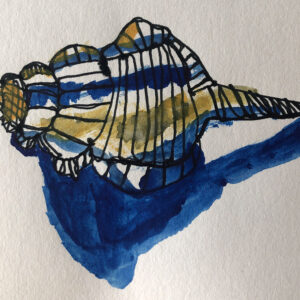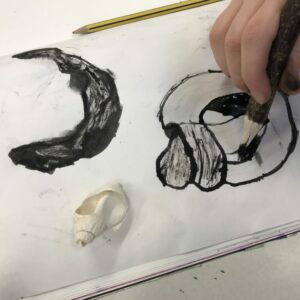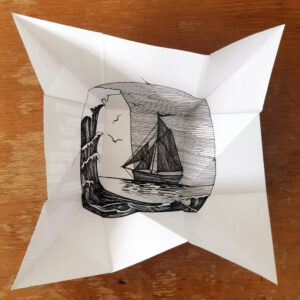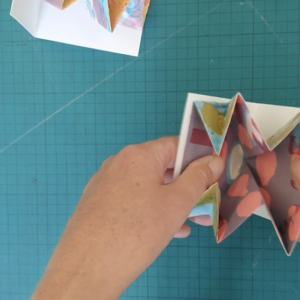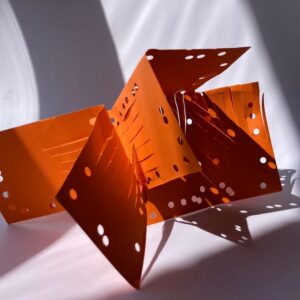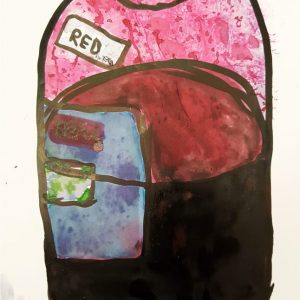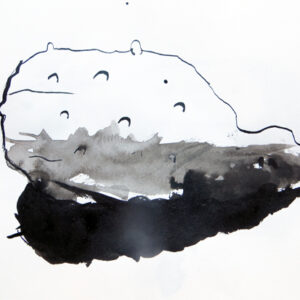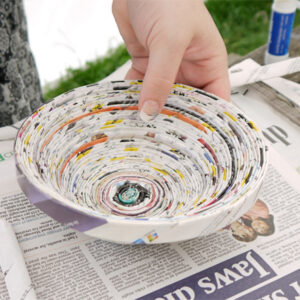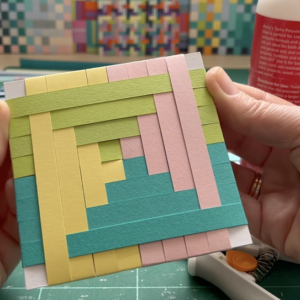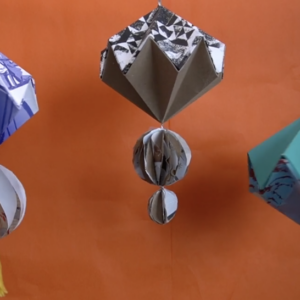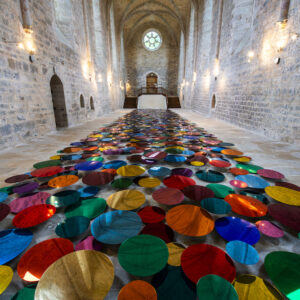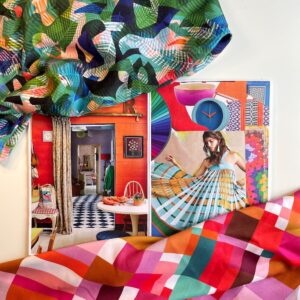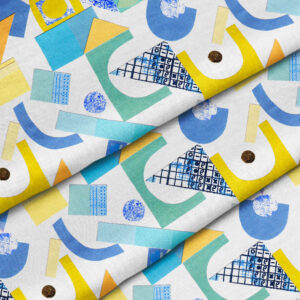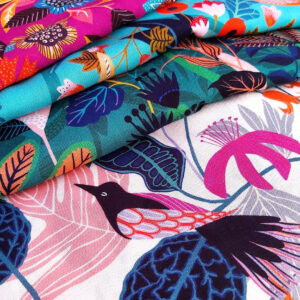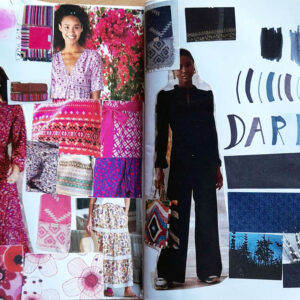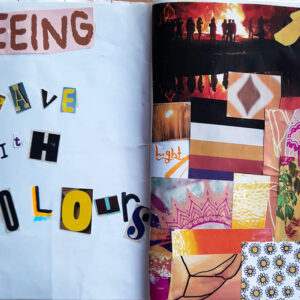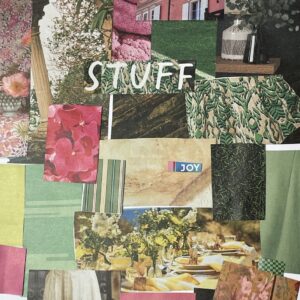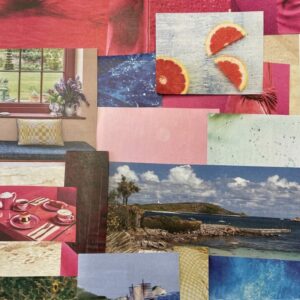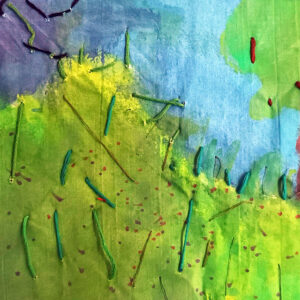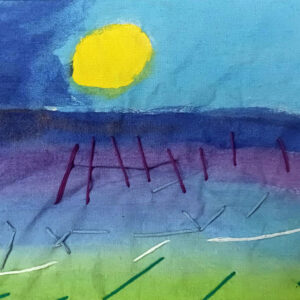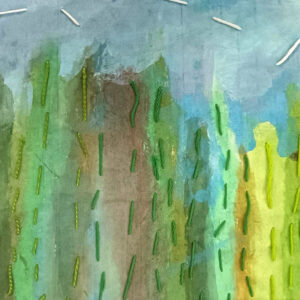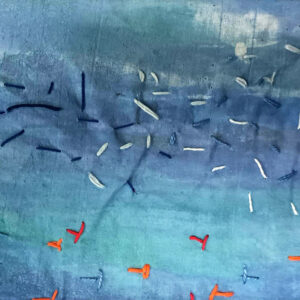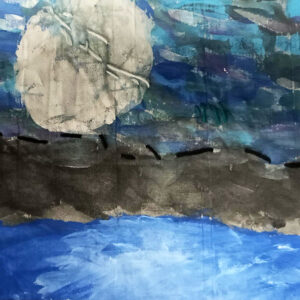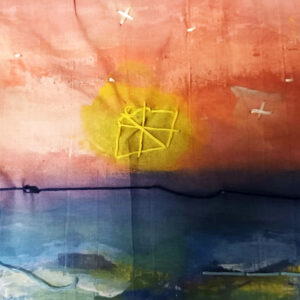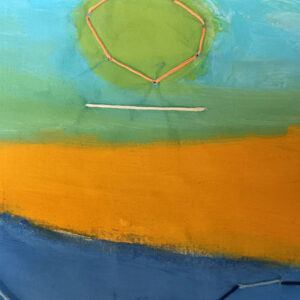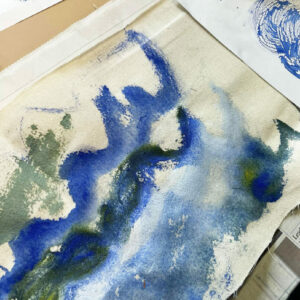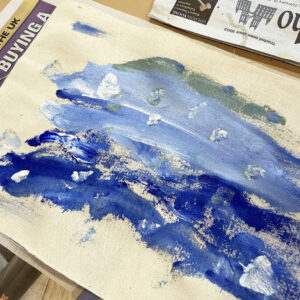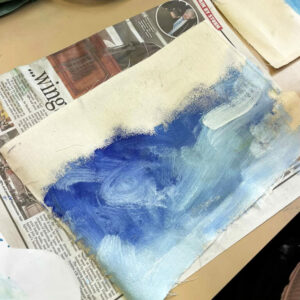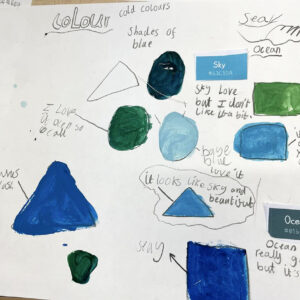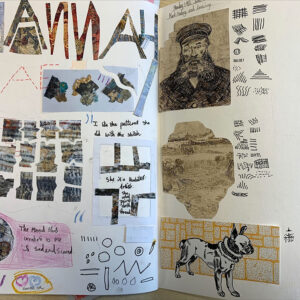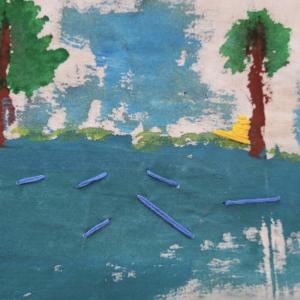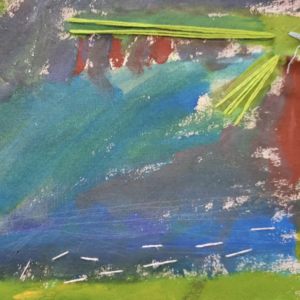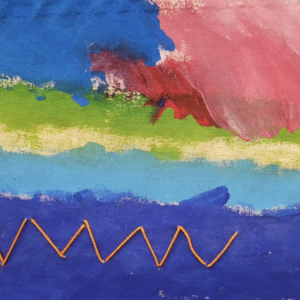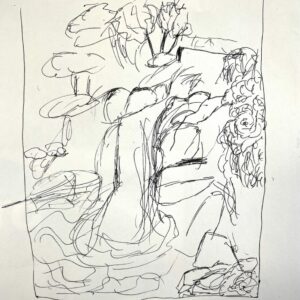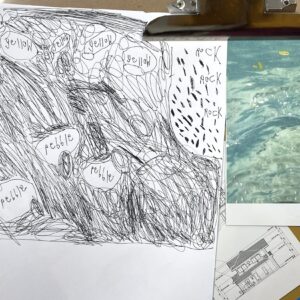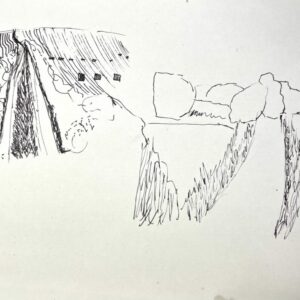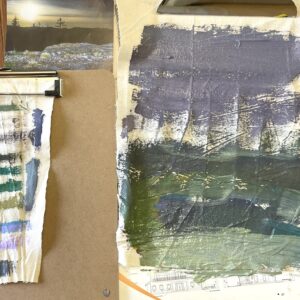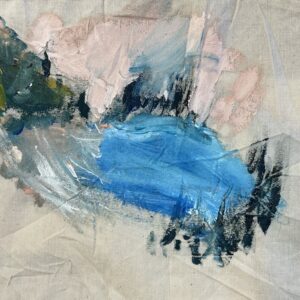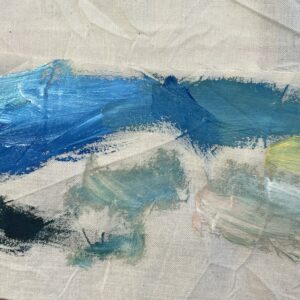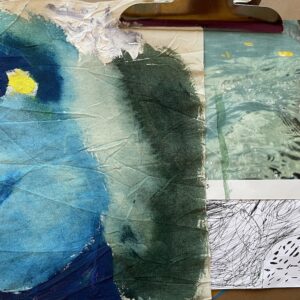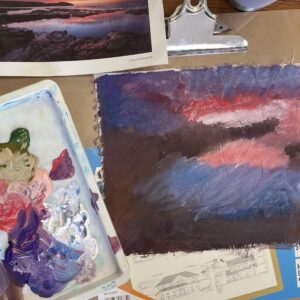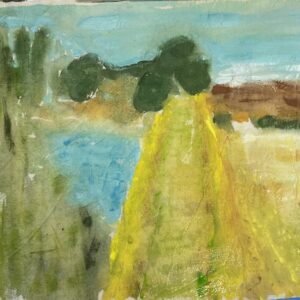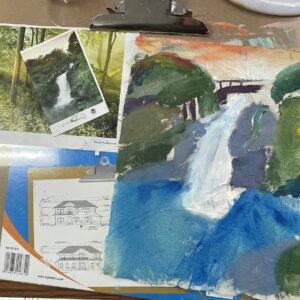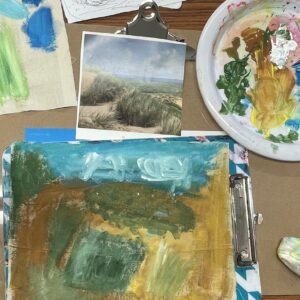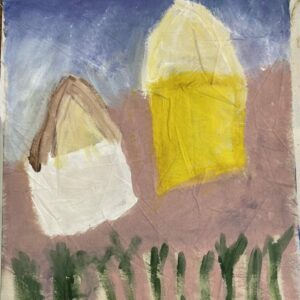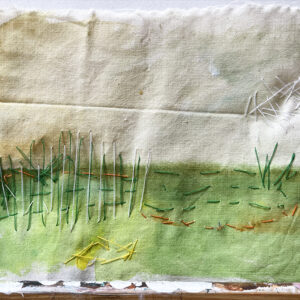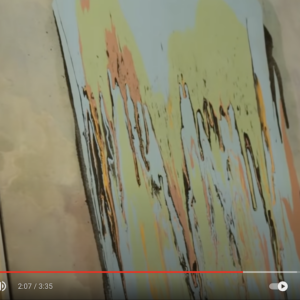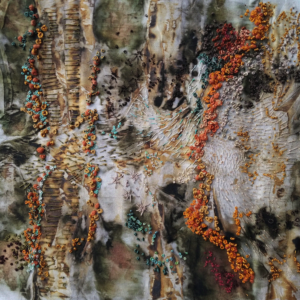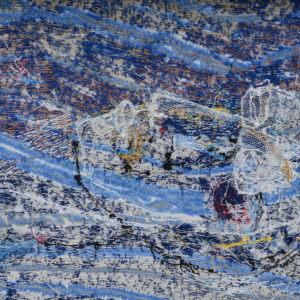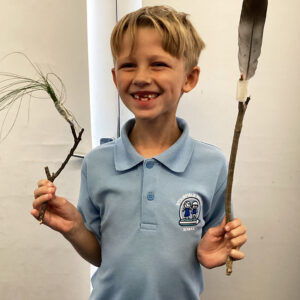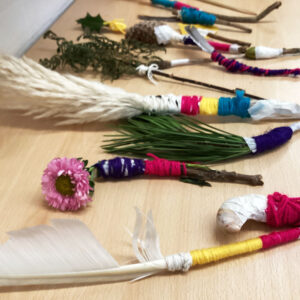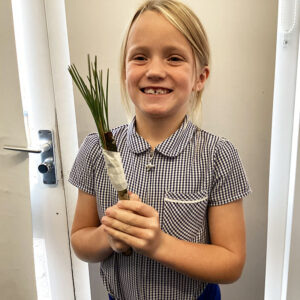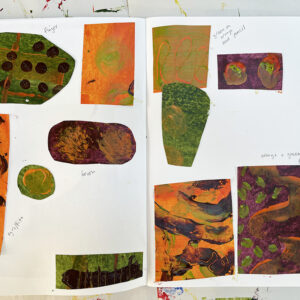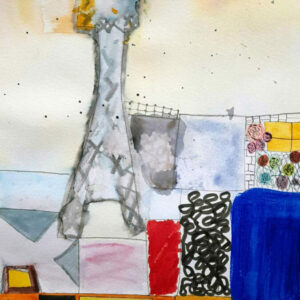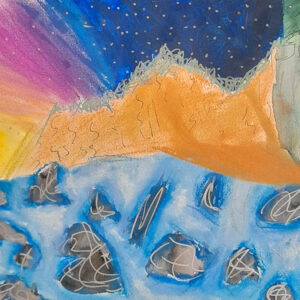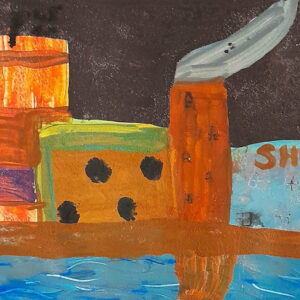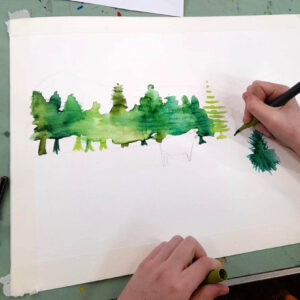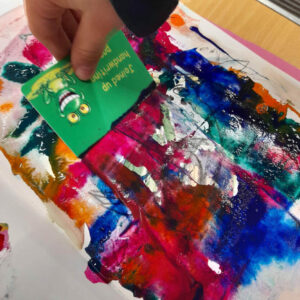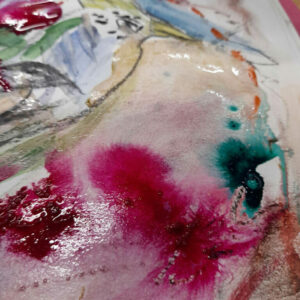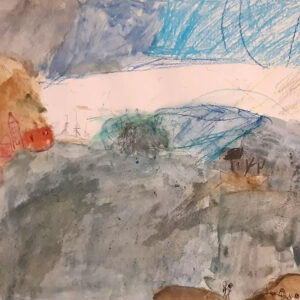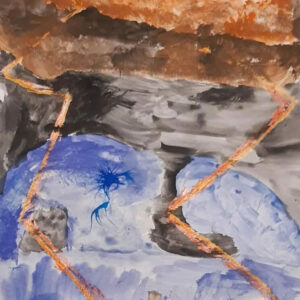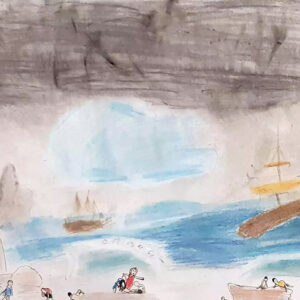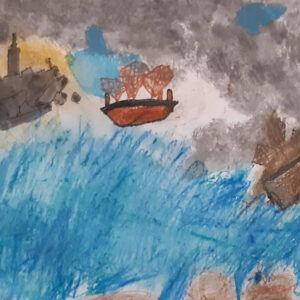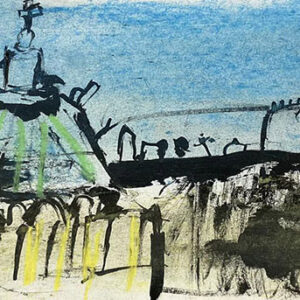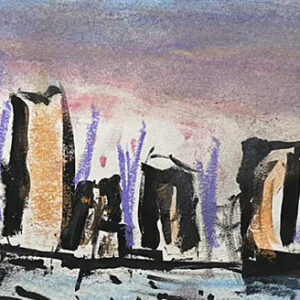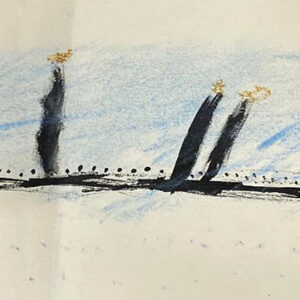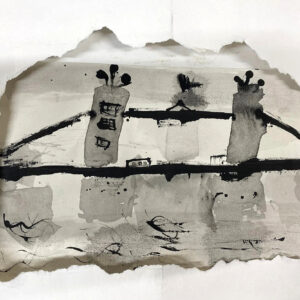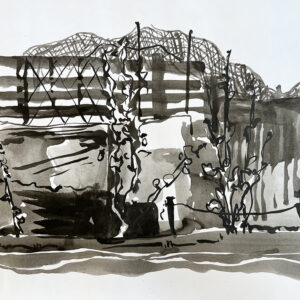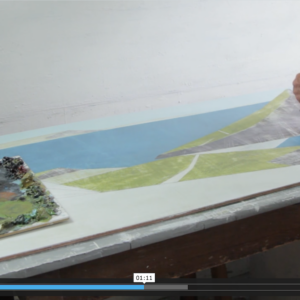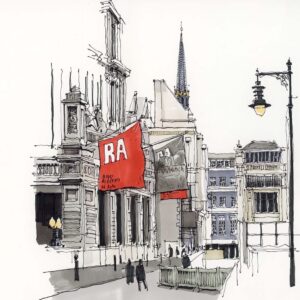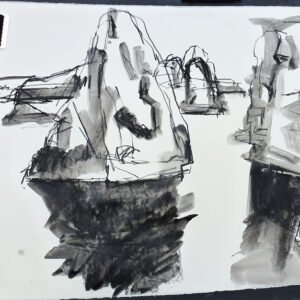‘Sketch Your World’ is a collaboration between artist Phil Dean and AccessArt, aimed at helping students 16 and above be inspired by their local landscape.
In this post Phil Dean suggests some tips for choosing subject matter to draw when urban sketching. Watch the video and try the challenges at the bottom of the post.
When you’re heading out sketching, sometimes the pressure of what to actually draw can be a barrier to getting started. I’ve picked out a few of my go-to subjects to give you some ideas, but remember the key to successful sketching is in finding something that you personally find interesting.
Angles
I love a good rooftop and find there is no better place to start drawing than up high, with a view of a city. You can zoom in on details or, if desired, explore the entire vista. Urban sketchers relish the opportunity to draw above ground level and the elevated position offers the artist unparalleled freedom and a new perspective.
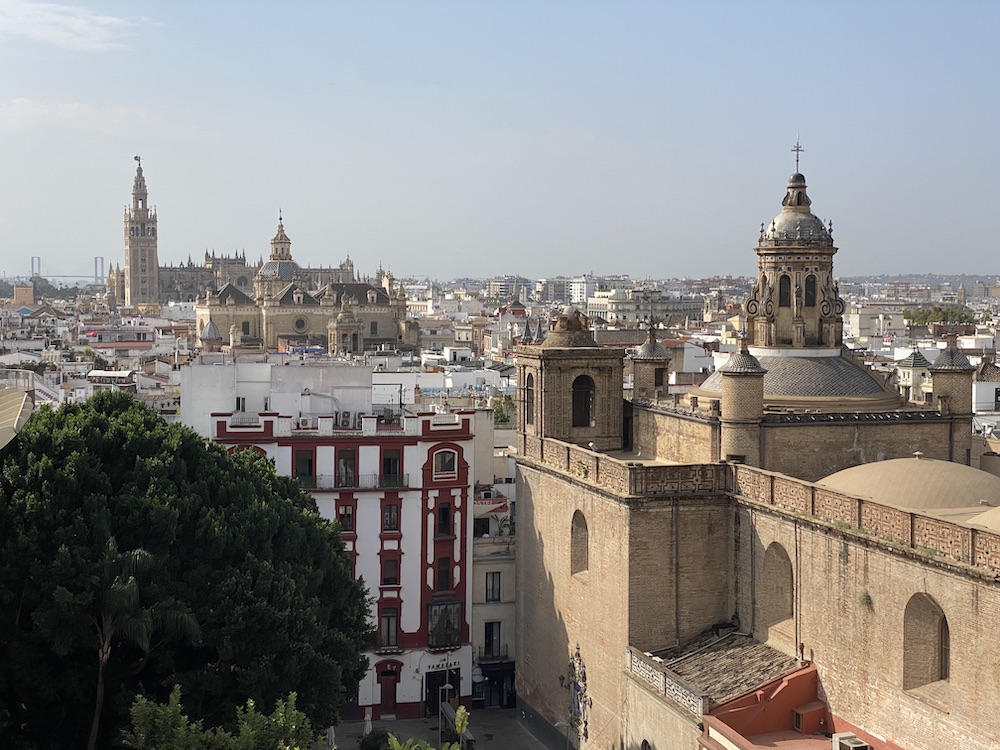 Observe the Ordinary
Observe the Ordinary
Often a scene that you wouldn’t ordinarily look at twice will be amazing in sketch form – locals sitting outside a small café in the sun drinking coffee, students doing their washing in a laundromat, a dog sitting under a table, for instance. All of these scenes might look quite uninteresting as a photograph, but drawing can bring a level of artistic gravitas to everyday views. Sketching opportunities are everywhere, especially where you don’t expect them!
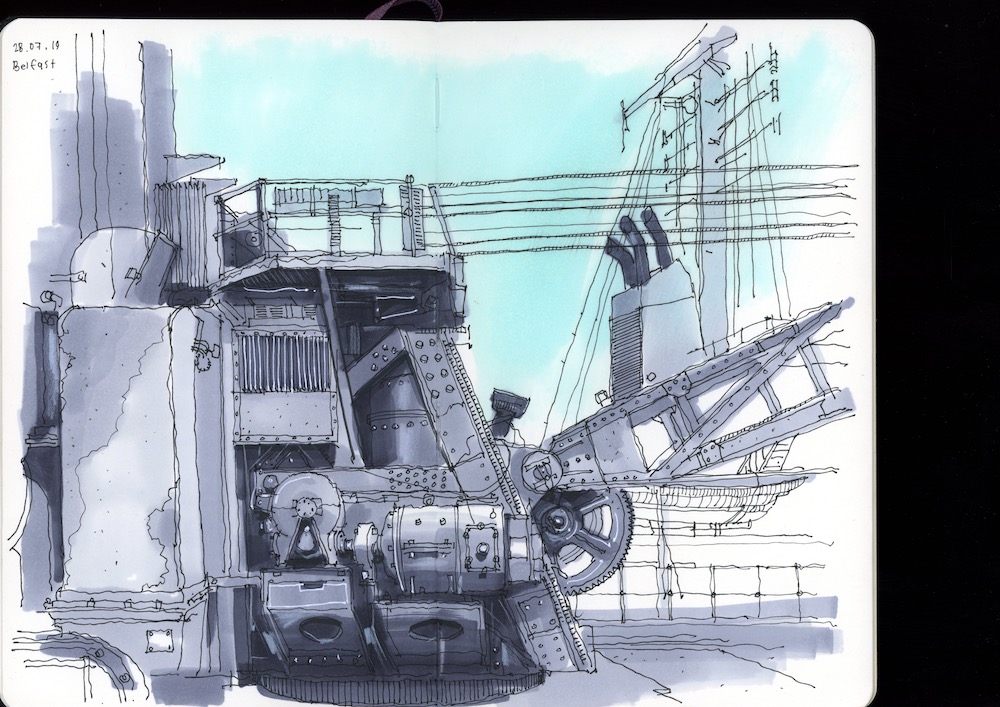 Travelling
Travelling
Travel and sketching go hand in hand. Buses, trains, planes, and cars are all great sketching locations. Everything you pass on the way from A to B offers new opportunities for the urban sketcher, and then when you arrive, there will be a plethora of new people, architecture, streets and nature to explore. Whether you are heading off to the other side of the world or on your daily commute, always remember to pack your drawing kit!
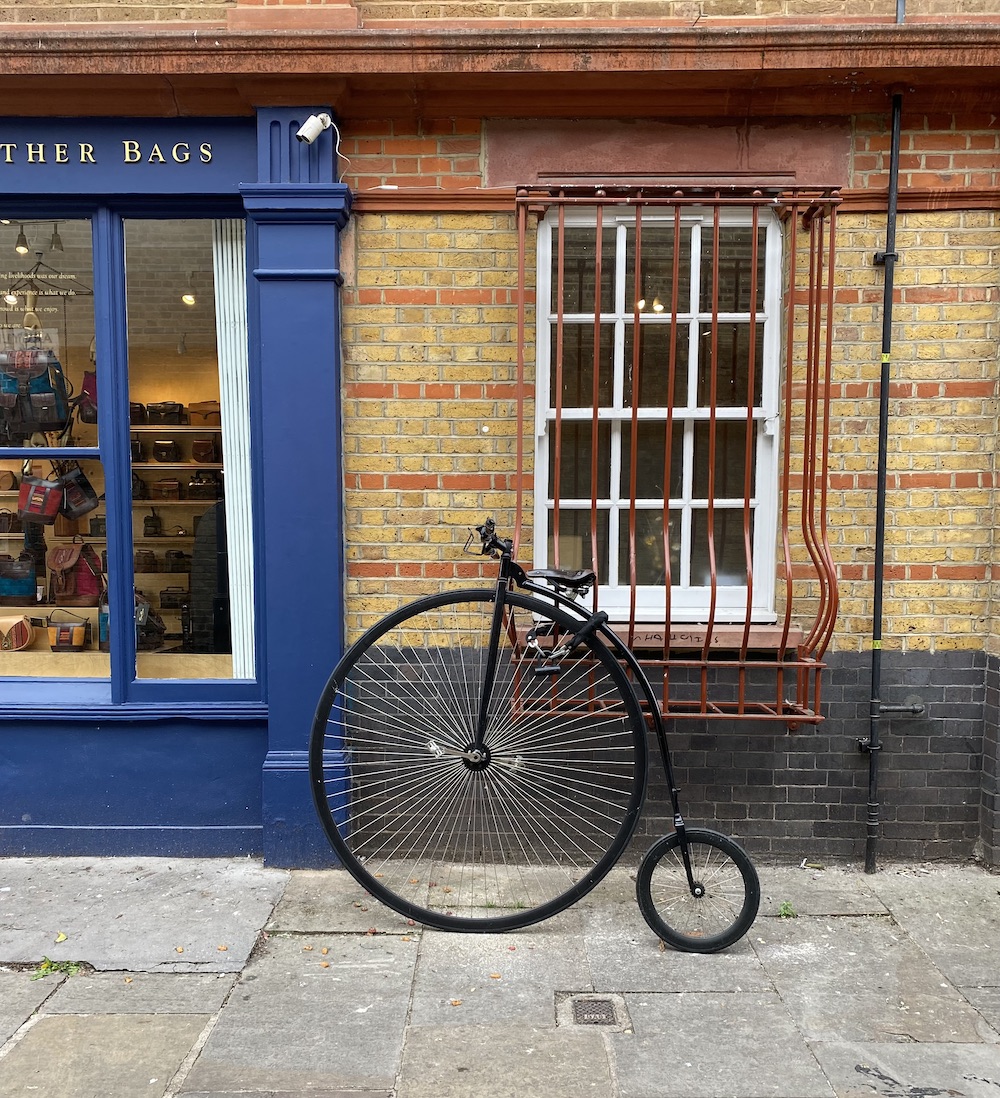 Architecture
Architecture
Old, new, classical, brutalist… the more varied the architectural styles are in a sketch, the better. A scene where the architecture tells the story of the city will always be interesting and challenging. In London, for example, you could look for a location where the beautiful old architecture of Sir Christopher Wren combines with the modernist towers of Norman Foster.
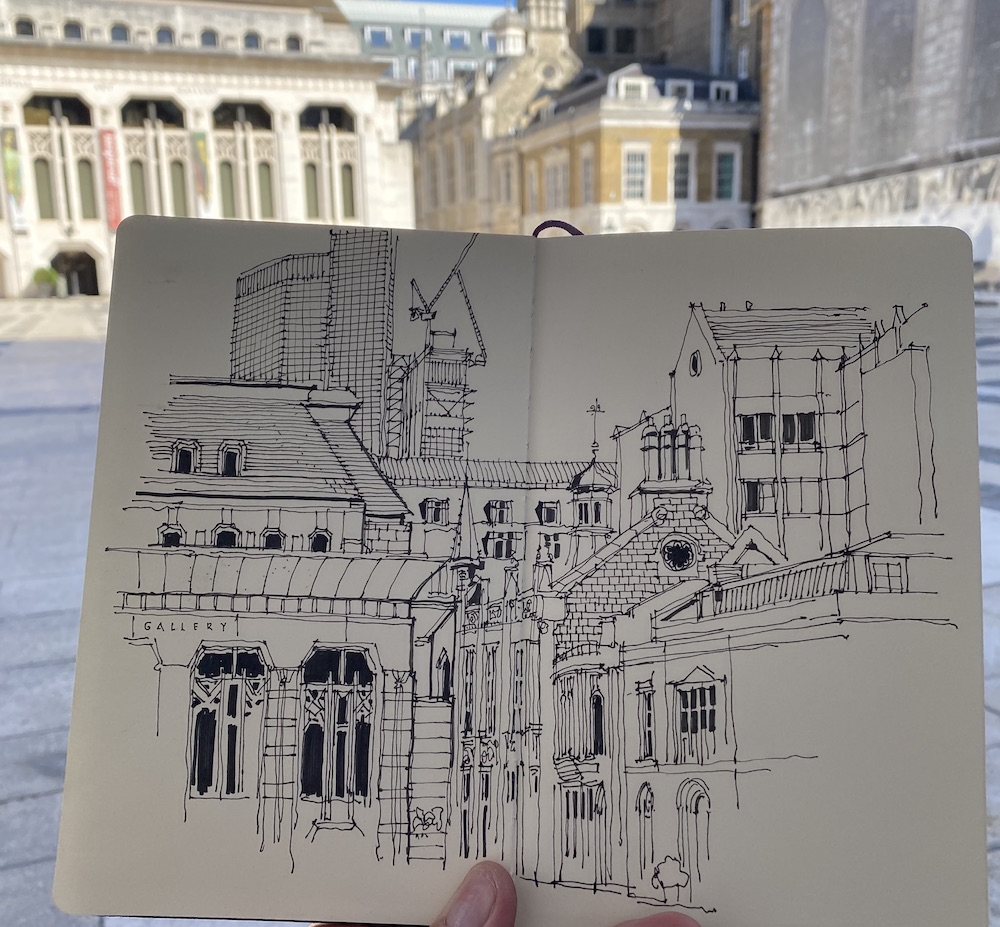 Up Close
Up Close
Urban sketching is not just about vast vistas and the large-scale drama of big cities – sketchers should always be on the lookout for the small details or moments, too. Train yourself to look for ordinary scenes that, when drawn, will become quiet artworks – a pocket sketchbook you can keep with you is perfect for catching the intimacy of details caught up close.
When working at smaller scales, use a fine pen or a hard pencil to make sure you can capture all the detail. Take care to observe the nuances of the subject – for instance, if you were sketching a chocolate bar, you would try to replicate the typography of the branding as closely as possible. Any unrealistic interpretations will be magnified at this scale, so it’s important to take care over the details.
One Sketch a Day
Sketching the smaller things in life is an easy way to get a routine going. Try drawing one small thing every day for a month. Don’t put yourself under too much pressure; just pick a small, simple item and sketch it in as much or little detail as you fancy. The fact that the subject matter is small will help overcome any feelings of being overwhelmed and get you into a nice drawing rhythm. Give it a try and you will find your sketching exciting!
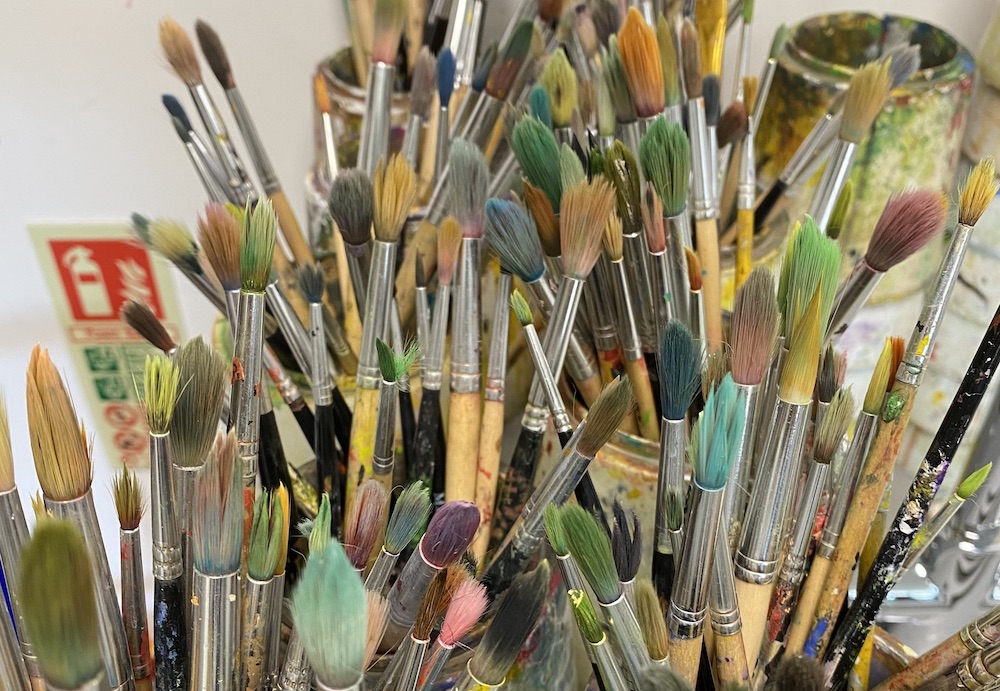 Challenge:
Challenge:
Create a viewfinder from some card. You may like to start inside initially to get comfortable with exploring a choice of subject matter. Once you have found the subject material you would like to draw (ideally a group of different objects), create multiple drawings, changing the position, angle and height of the viewfinder to see how the focus of the subject matter changes the drawing. Experiment with some of the different materials mentioned in Sketch Your World: Materials.
Extension Challenge:
Go outside with your sketchbook and find a view that either you see everyday, or a view that you’ve never seen before. If you choose to draw a scene you see everyday, try and look it it differently, maybe with a different angle, or experiment with different materials. You might like to bring your viewfinder with you to create a focus.
‘Sketch Your World’ is a collaboration between artist Phil Dean and AccessArt, aimed at helping students 16 and above be inspired by their local landscape.
<< Go Back to Sketch Your World
